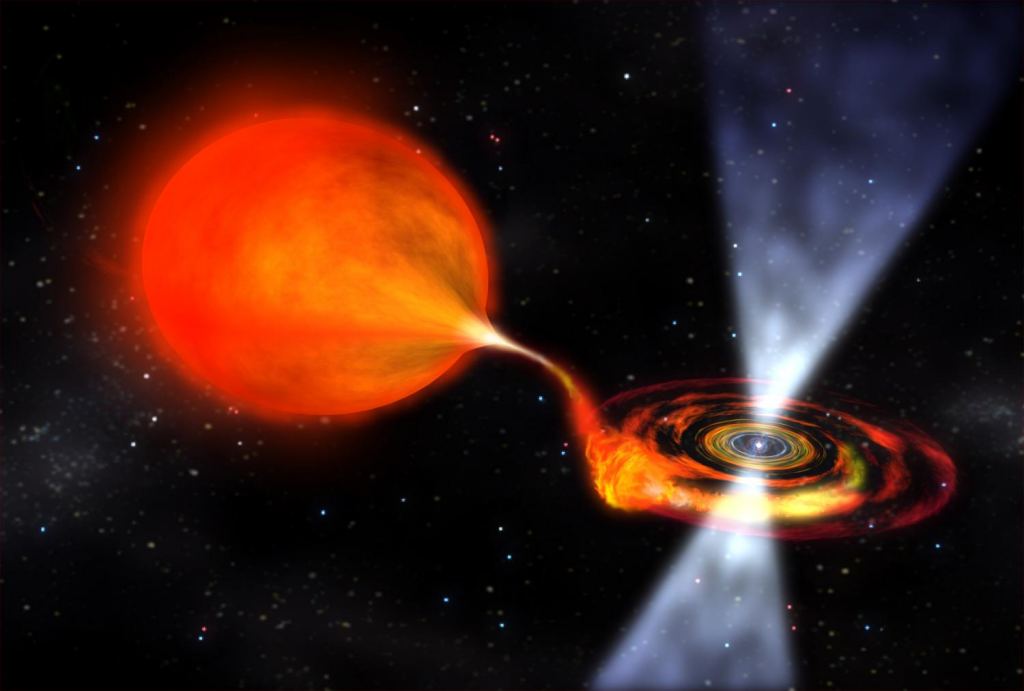Using a variety of techniques astronomers have successfully identified thousands of exoplanets, which are planets orbiting stars outside of our own solar system. But a new research paper introduces a breakthrough: the first detection of an exoplanet not just in another solar system, but in an entirely different galaxy sitting millions of light years away.
Finding exoplanets is a relatively straightforward yet painstaking job. You stare at a star for a really long time. If any planets orbit that star, and if their orbits line up just right so that they cross the face of the star from our line of sight, you will see a noticeable dip in the brightness of that star. The painstaking part is that you have to stare at thousands of stars for extended periods of time in order to catch one of these lucky breaks.
But using this technique instruments like the Kepler Space Telescope and TESS have pinned thousands of candidate planets of all sorts of shapes and sizes orbiting all sorts of stars, revealing a galaxy full of variety.
But so far we have just probed tiny slices within our own Milky Way galaxy. Astronomers assume – for very good reason – that other galaxies host exoplanets as well. After all, if they can form here, why can’t they form anywhere?
But this simple question hasn’t been answered until today.
The challenge is the incredible distances to other galaxies. The technique outlined above, called the transit method, works to within a few hundred light-years, up to maybe a few thousand light-years, depending on how bright the target star is. Galaxies are millions of light years away, making this technique almost impossible to apply. Heck, at those distances it’s hard to see even individual stars.

But if a galaxy hosts a super-duper bright star, and we get lucky enough, then we can see an exoplanet cross the face of that star. And that’s exactly what we did. According to a new paper appearing on the pre-print journal arXiv, a team of astronomers studied an extremely bright X-ray source in M51, the Whirlpool Galaxy, which sits 28 million light-years away from Earth.
The X-ray source is intense enough that we could observe it and study any changes in its brightness. The astronomers noticed over the course of many observations the distinct dimming due to a crossing exoplanet, which they suspect is roughly the size of Saturn.
It’s a strange world indeed. That planet orbits a binary pair, with one of the pairs being the leftovers of a giant star – either a neutron star or a black hole – with the other being a giant companion feeding material down onto it, creating the intense X-ray glow.
It’s not exactly a pretty place to live, but it does show us that planets are plentiful throughout the universe.

